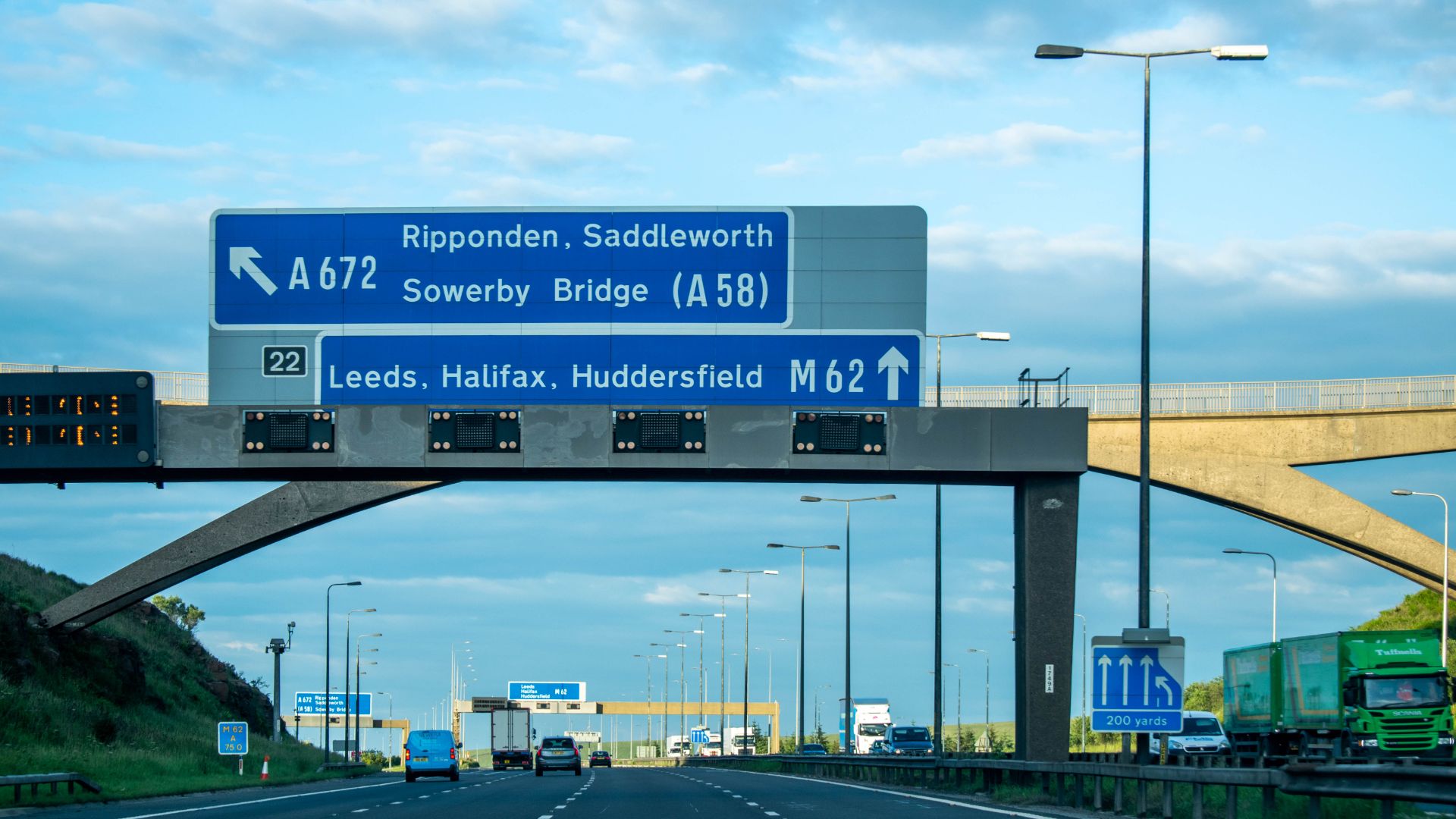
The chief executive of Highways England has described dynamic smart motorways as “too complicated for people to use”. Jim O’Sullivan made the statement to the Commons Transport Select Committee.
Dynamic smart motorways are those where the hard shoulder is used as an active lane during peak times. They account for 68 miles of the ‘smart’ network, while 135 miles use the ‘all lanes running’ system.
It’s the former that apparently causes problems for drivers, claims O’Sullivan. As a result, there are no plans to roll out the dynamic system further. And existing dynamic areas could be reverted to ‘all lanes running’ in future.

- A14 Cambridgeshire road upgrade to finish a year early
The RAC has called for a rapid standardisation of smart motorways across the UK, to avoid confusion among motorists.
“We feel a decision should also be taken to standardise all smart motorways so drivers are not confused by the different types,” said RAC head of roads policy, Nicholas Lyes.
“At the moment there is a risk that some motorists use the hard shoulder when they shouldn’t, perhaps as a force of habit from doing so most days, because they tend to use these types of motorway at peak hours.”
RAC: concerns around ‘all lanes running’

The Highways England chief executive has conceded that dynamic hard shoulders prove too confusing for drivers. However, concerns remain around the ‘all lanes running’ system. The RAC worries that SOS areas are still too far apart – and that systems designed to recognise broken-down cars in active lanes are not available everywhere they should be.
“While Highways England feels smart motorways are safe, we know many drivers believe that removing the hard shoulder compromises safety for those who break down in a live lane,” said Mr Lyes.
“In early 2017 the Government claimed there was ‘good progress’ being made in making smart motorways safer by reducing the space between SOS areas, ensuring drivers comply with red X ‘closed lane’ signs and rolling out stopped vehicle detection technology.”

“Sadly, we understand that only a fifth of ‘all lane running stretches’ of smart motorway are currently benefiting from stopped vehicle detection technology which hardly constitutes a roll-out. We believe this technology needs to be retrofitted to all existing smart motorways as a matter of urgency.
“There has been a similar lack of progress in reducing the distance between SOS areas. Schemes currently under construction, and new ones being consulted on, still feature SOS areas at up to 2.5km apart as opposed to the lesser distance of 1.5km, which we believe Highways England had committed to.
“We strongly believe the Government should compel Highways England to make smart motorways as safe as possible by implementing these measures. Only then can drivers have sufficient confidence in using them knowing that all smart motorways are operating to a consistent safety standard, particularly in the event they break down on one.”